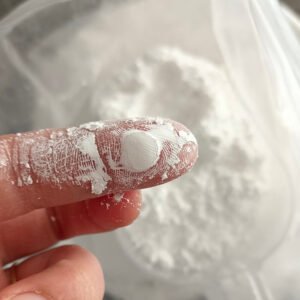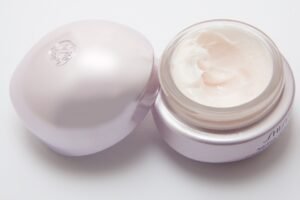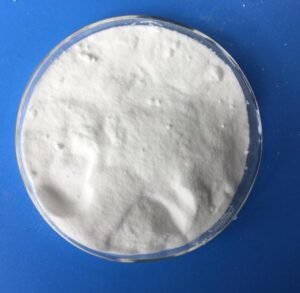1. Potassium sorbate physical properties
Name: Potassium Sorbate
Alias: Potassium 2,4-hexadienoate
CAS Number: 24634-61-5
E number: 202
Molecular formula: C6H7KO2
Molecular weight: 150.2169
Odor: Odorless or slightly smelly.
Melting point: 270 °C
Density: 1.363 g/cm3
Appearance: white or almost white powder or granules
Nature: Unstable in the air. Can be oxidized and colored. It is hygroscopic.
Solubility: Easily soluble in water (58.5 g/100 mL (100 °C)) and ethanol.
2. Potassium sorbate uses
Potassium sorbate can be used in foods as a preservative to extend the shelf life, like alcohol, beverages, soy sauce, aquatic products, meats, vegetables, and etc.
2.1 Uses in alcohol and beverages
Alcoholic foods, soda beverages, fresh orange juice, hawthorn juice and other beverages, and other non-alcoholic beverages by adding sorbic acid and potassium sorbate in proportion to extend the shelf life.

2.2 Uses in soy sauce, soy products and pickles
Soy sauce, sauce products, pickled vegetable products, kimchi, etc., adding a proper concentration of sorbic acid or potassium sorbate solution can prevent the problem of mildew and deterioration.
2.3 Uses in aquatic products
Sorbic acid and potassium sorbate can be added to fish cakes, fish sausages, smoked fish products, fish and shrimp cooked in soy sauce, fresh fish, shrimps, and other aquatic products, which can effectively prevent the occurrence of mildew problems in the products and extend The effect of storage time.
2.4 Uses in meats
Both potassium sorbate and sorbic acid can be used in dried meat, dried sausages, or similar dried meat products; beef sausage, pork sausage, pork and beef mixed sausage; general meat; meat filling; cooked chicken; raw and fresh poultry; raw Fresh chicken legs, chicken breasts, etc.,
Compared with unused food, it has obvious quality preservation and the effect of prolonging the preservation time. The preservation time is twice that of the control sample.
2.5 Uses in vegetables and fruits
(1) vegetables and fruits: the preservative of sorbic acid and potassium sorbate, stored at 30 ℃ for more than one month, can keep the green color of vegetables and fruits unchanged.
(2) Apple: the fresh-keeping liquid was sprayed on the surface of the apple and stored at room temperature for 4 months before it deteriorated.
(3) canned vegetables: can prevent tinplate from rusting.
2.6 Uses in cakes and pastries
Sorbic acid can be added directly to flour or dough. When using it, potassium sorbate should be dissolved in water or milk first, and then added to flour or dough. When sorbic acid and potassium salt are used in starch products, it is best to acidify the material with a small amount of vinegar in advance, so that the effect will be better.
2.7 Uses in cottage cheese
Potassium sorbate is used in hard cheese, cheese powder, salted cheese, fresh cheese, emulsified cheese, pre-packaged cheese, and other foods.
There are three ways to use potassium sorbate. One is to add potassium sorbate to the salt solution and then use this salt solution to make cheese; the other is to soak or spray the potassium sorbate solution before the finished cheese is sold. The third is to soak or spray cheese with a sorbic acid solution containing a certain amount of alcohol.
2.8 Uses in margarine
(1) Potassium sorbate can be added to milk cream.
(2) Add sorbic acid and potassium sorbate to the milk cream mixed with emulsion and fat.






